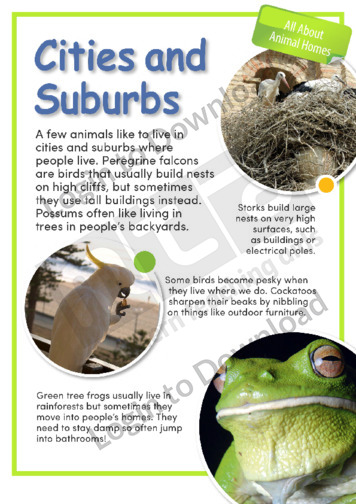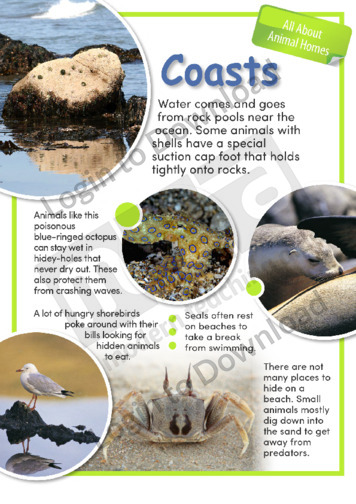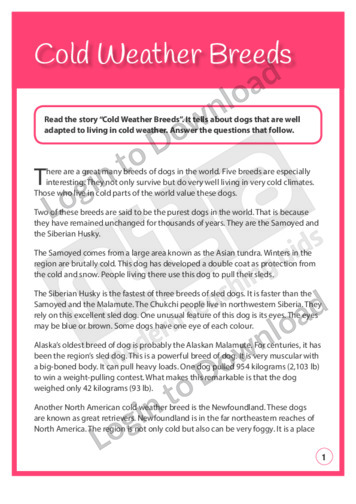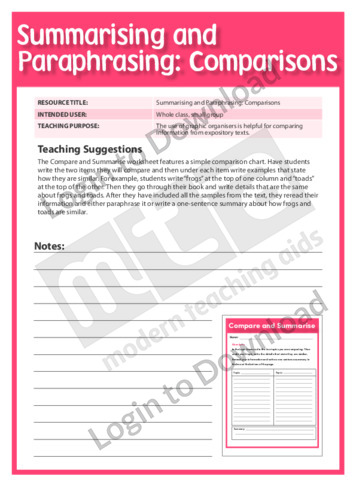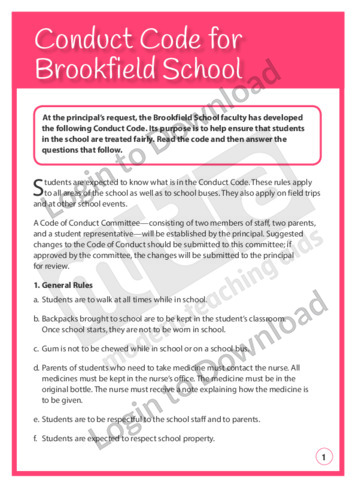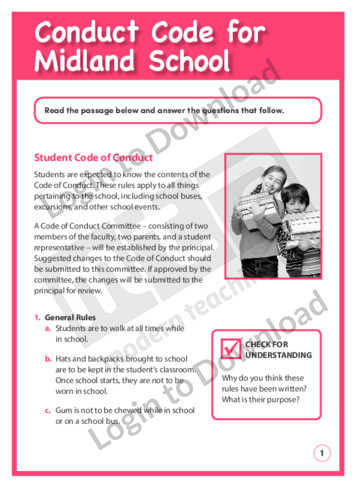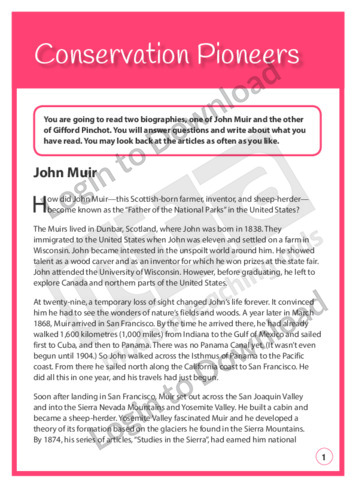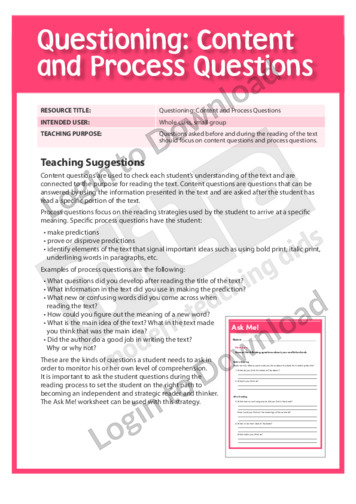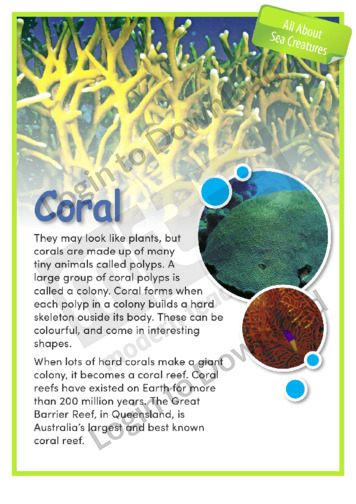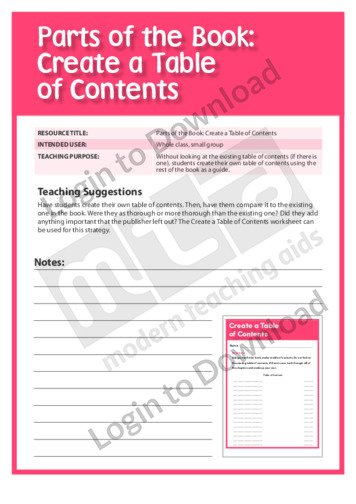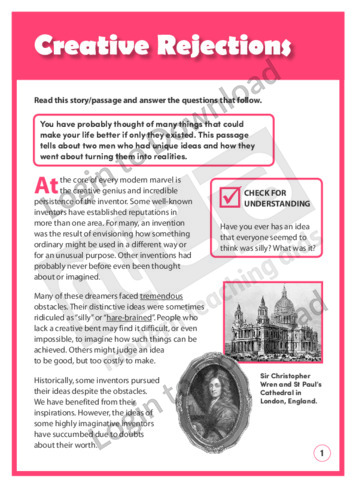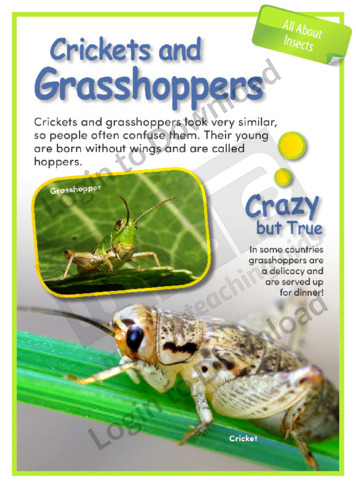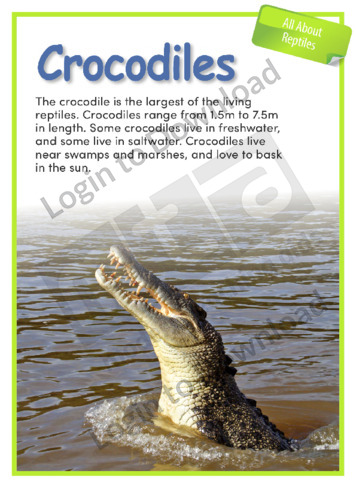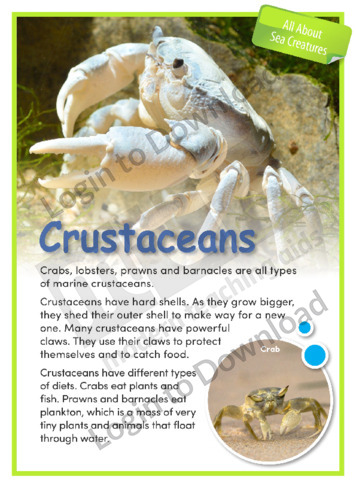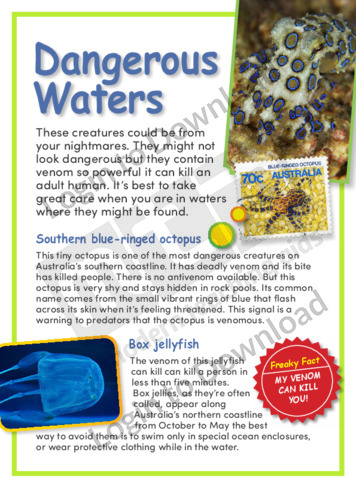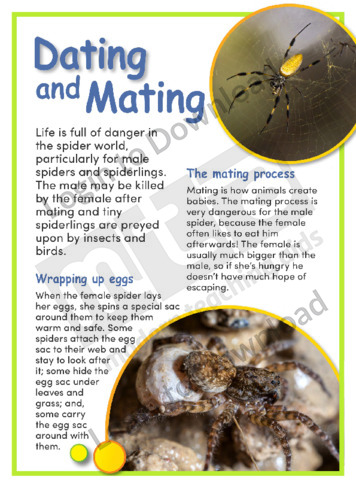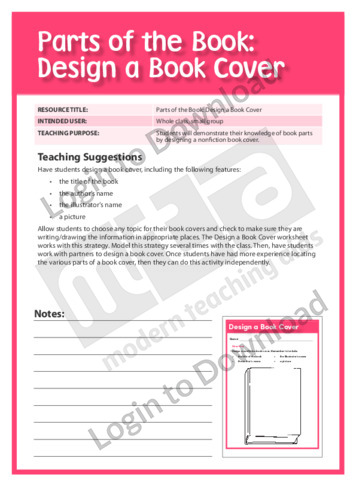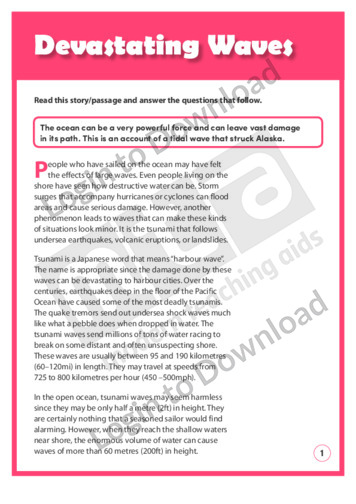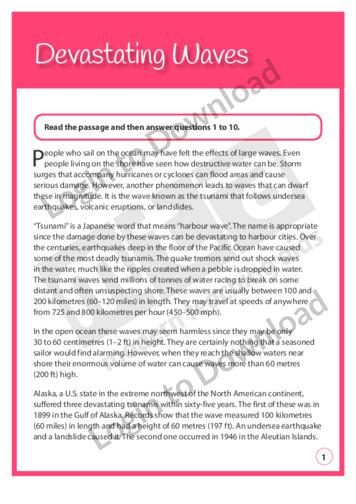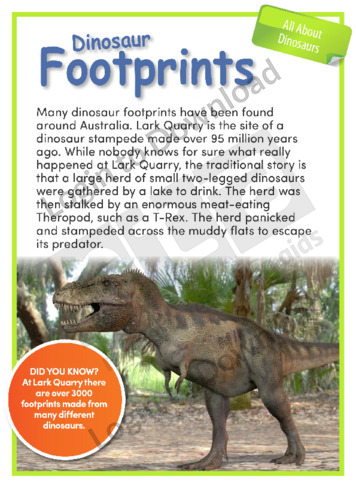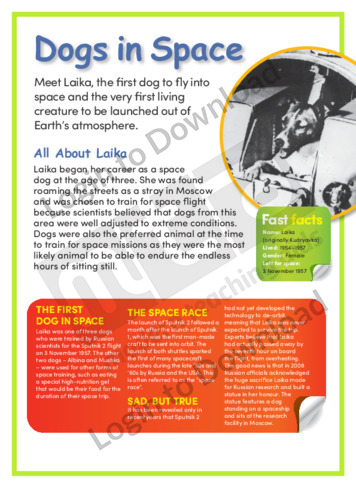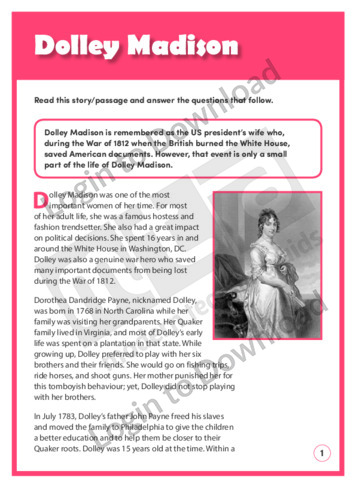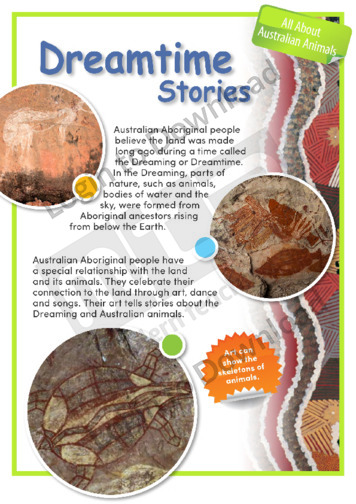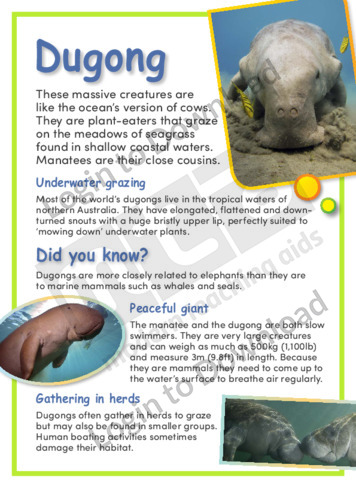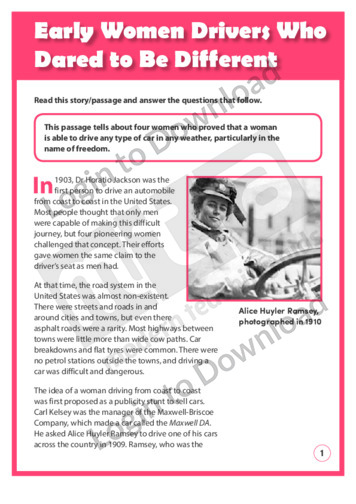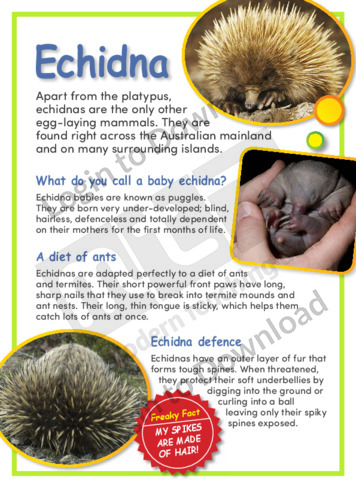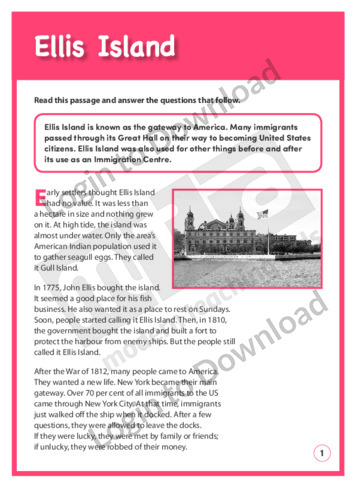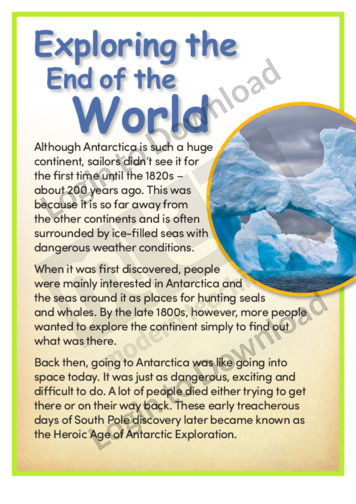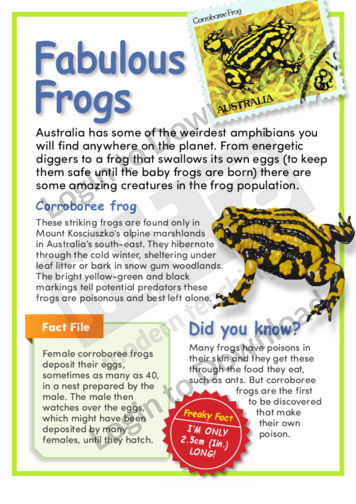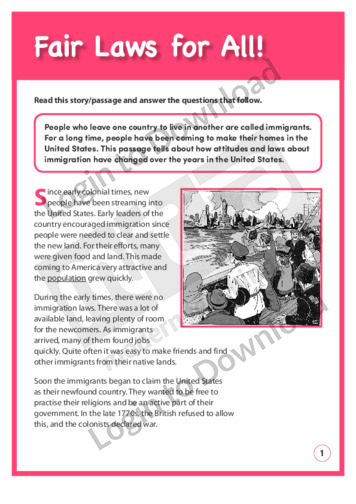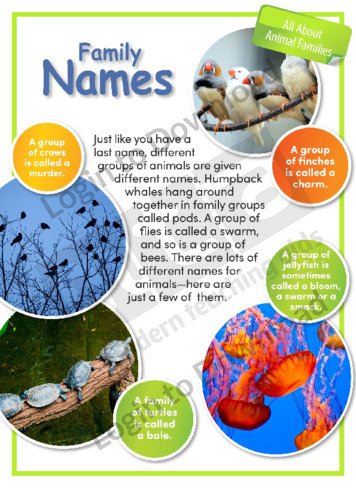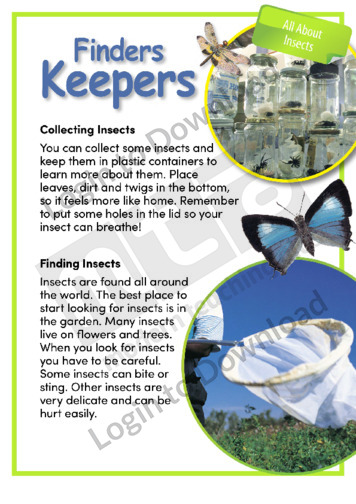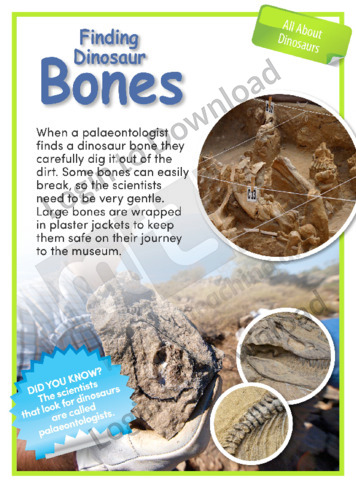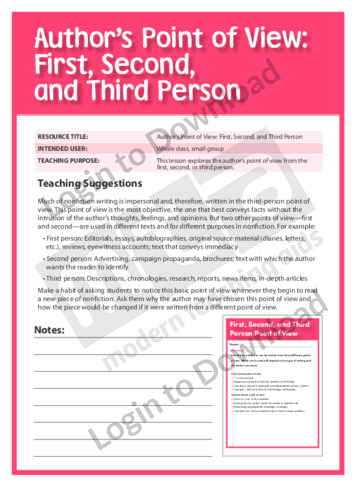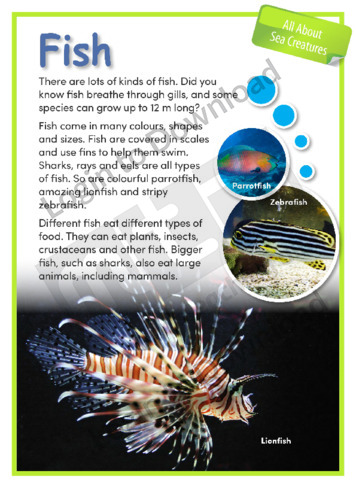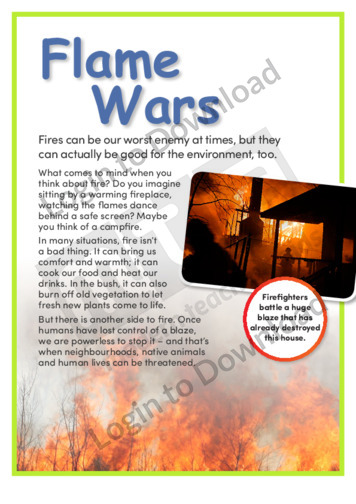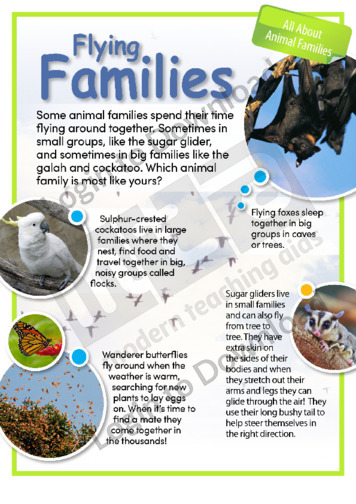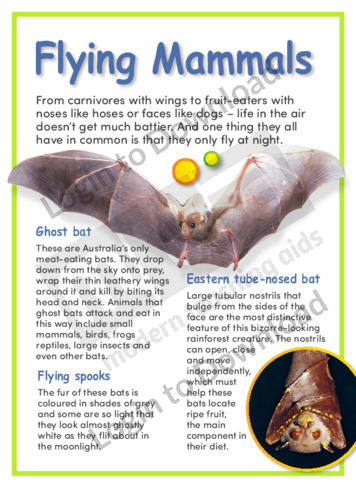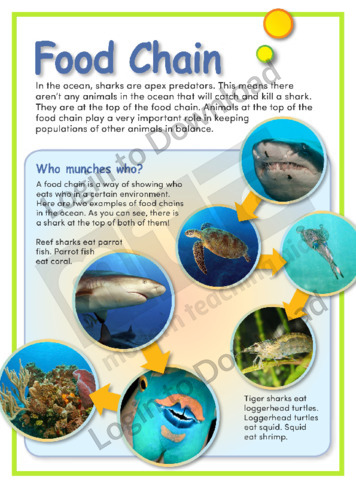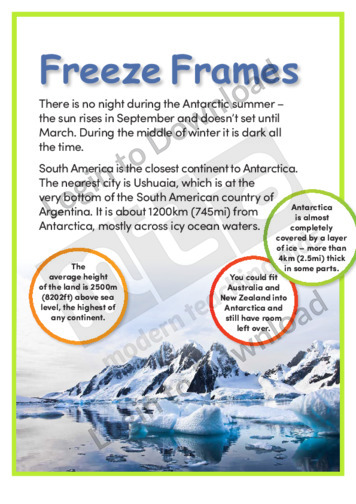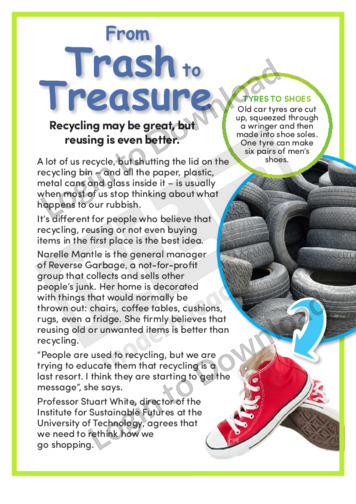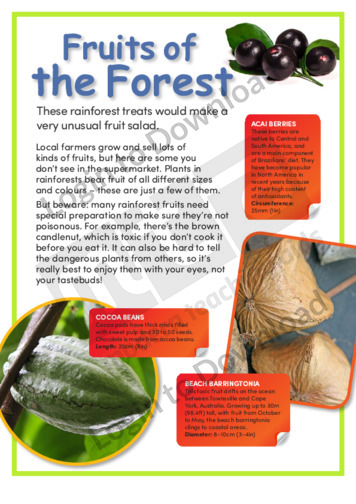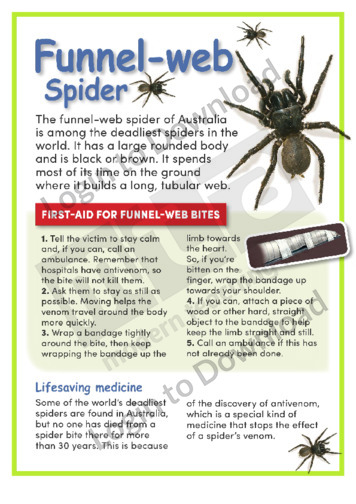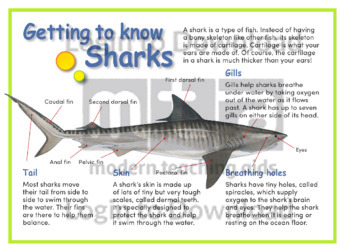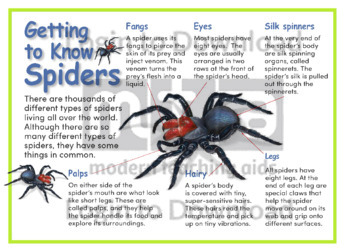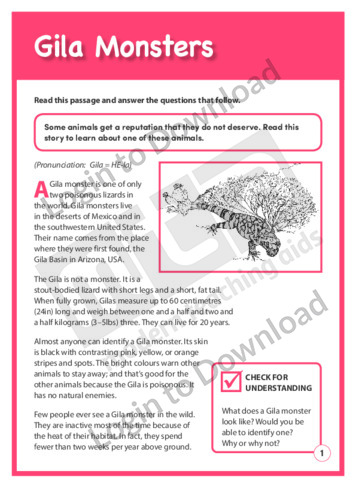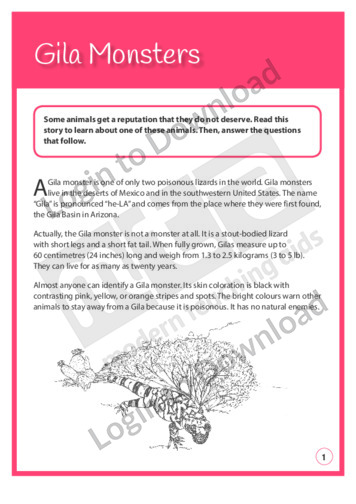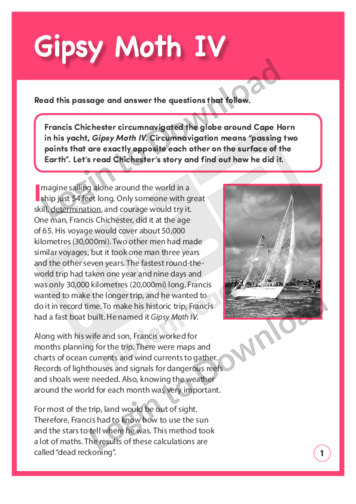This article, ‘All About Animal Homes: Cities and Suburbs’, describes different types of animals that make their homes in cities and suburbs. It provides factual information about these animals and includes colourful and engaging photographs.
This article, ‘All About Animal Homes: Coasts’, describes different types of animals that make their homes on coasts. It provides factual information about these animals and includes colourful and engaging photographs.
This Reading Comprehension worksheet, ‘Cold Weather Breeds’, features an informational text about the Samoyed, the Siberian Husky, the Alaskan Malamute, the Newfoundland, and the Saint Bernard, all dogs that have been bred for cold climates. It encourages students to use a variety of strategies to interpret the text and includes questions about reasoning, detail, drawing …More
This article, ‘Colourful Spiders’, provides information about brightly coloured spiders, their size, habitat and behaviour. Full-colour photographs illustrate some remarkable examples.
This content area reading learning activity, ‘Comparisons,’ helps students compare information from expository texts. It is aimed at developing students’ skills in summarising by having them use a graphic organiser to record important details from the text.
This content area reading learning activity, ‘Concept Wheel,’ helps students find the main idea and supporting details in a passage. The main idea goes in the centre of the wheel and the details that answer the questions radiate from the main idea like spokes on a wheel.
This Reading Comprehension worksheet, ‘Conduct Code for Brookfield School’, features an everyday text listing school rules and consequences. It encourages students to use a variety of strategies to interpret the text and includes questions about drawing a conclusion, predicting outcome, making a judgment, persuasion, detail, reasoning, and genre. Answer sheet provided with file download.
This analysing text worksheet ‘Conduct Code for Midland School’ supports students to use various strategies to understand an informative text about school rules. It is aimed at encouraging students to deconstruct the text in order to gain a deeper understanding of its purpose, to recall specific details from the text, to look critically at words …More
This Reading Comprehension worksheet, ‘Conservation Pioneers’, features two biographical texts about the early conservationists John Muir and Gifford Pinchot. It encourages students to use a variety of strategies to interpret the text and includes questions about key biographical facts, main contributions, and comparison/contrast.
This content area reading learning activity, ‘Content and Process Questions,’ helps students monitor their level of comprehension. It is aimed at setting students on the right path to becoming independent and strategic readers and thinkers by asking them questions during the reading process.
This article, ‘All About Sea Creatures: Coral’, provides information about coral. It features interesting facts about coral and includes colourful and engaging photographs.
This content area reading learning activity, ‘Create a Table of Contents,’ reinforces students’ understanding of the table of contents. It has students create their own table of contents for a book they are reading and then compare it to the table of contents in the actual book.
This analysing text worksheet ‘Creative Rejections’ supports students to use various strategies to understand a narrative text about the rejected works of Sir Christopher Wren and Frank Lloyd Wright. It is aimed at encouraging students to deconstruct the text in order to gain a deeper understanding of its purpose, to recall specific details from the …More
This article, ‘All About Insects: Crickets and Grasshoppers’, provides information about crickets and grasshoppers. It features interesting facts about these insects and includes colourful and engaging images.
This article, ‘All About Reptiles: Crocodiles’, provides information about crocodiles. It features interesting facts about these reptiles and includes colourful and engaging photographs.
This article, ‘All About Sea Creatures: Crustaceans’, describes crustaceans. It provides factual information and features colourful and engaging photographs.
This article, ‘All About Sea Creatures: Danger in the Water,’ profiles venomous sea creatures. It provides factual information and features colourful and engaging photographs.
This article, ‘Spiders: Dating and Mating’ provides information about spider mating, protection of eggs and spiderlings. Full-colour photographs illustrate the information.
This content area reading learning activity, ‘Design a Book Cover,’ helps students demonstrate their knowledge of book parts. It is aimed at teaching students the importance of each feature of a book cover and its placement on the cover.
This analysing text worksheet ‘Devastating Waves’ supports students to use various strategies to understand a narrative text about tsunamis. It is aimed at encouraging students to deconstruct the text in order to gain a deeper understanding of its purpose, to recall specific details from the text, to look critically at words in order to ascertain …More
This Reading Comprehension worksheet, ‘Devastating Waves’, features an informational text about tsunamis and discusses three tsunamis that have devastated parts of Alaska. It encourages students to use a variety of strategies to interpret the text and includes questions about drawing a conclusion, vocabulary, cause and effect, detail, comparison/contrast, emotional reaction, and reasoning. The task also …More
This article, ‘All About Animal Families: Devoted Dads’, profiles different types of animal dads. It provides factual information about these animals and includes colourful and engaging photographs.
This article, ‘All About Dinosaurs: Dinosaur Footprints’, describes the dinosaur stampede at Lark Quarry in Australia. It is aimed at broadening students’ awareness of natural history and includes colourful and engaging images.
This article, ‘Dogs in Space’, describes the first dog to go to space. It provides factual information about this mission and features a photograph of Laika.
This analysing text worksheet ‘Dolley Madison’ supports students to use various strategies to understand a narrative text about this US first lady. It is aimed at encouraging students to deconstruct the text in order to gain a deeper understanding of its purpose, to recall specific details from the text, to look critically at words in …More
This article, ‘All About Insects: Dragonflies and Damselflies’, provides information about dragonflies and damselflies. It features interesting facts about these insects and includes colourful and engaging images.
This article, ‘All About Australian Animals: Dreamtime Stories’, describes Aboriginal Australians’ relationship with animals. It is aimed at broadening students’ awareness of Australian Aboriginal culture and includes colourful and engaging images.
This article, ‘Dugong’ provides information about the physical characteristics, habits, habitat and diet of the dugong and, briefly, the manatee. It also introduces students to various terms relating to the dugong’s physical features and habitat. The text is supported by colourful and engaging photographs.
This analysing text worksheet ‘Early Women Drivers Who Dared to Be Different’ supports students to use various strategies to understand a narrative text about the first women to drive from coast-to-coast across America. It is aimed at encouraging students to deconstruct the text in order to gain a deeper understanding of its purpose, to recall …More
This article, ‘Echidna’ provides information about the physical characteristics, habits, habitat and life cycle of the echidna. It also introduces students to various terms relating to the echidna’s physical features. The text is supported by colourful and engaging photographs and illustrations.
This article, ‘Elephant Seal’ provides information about the physical characteristics, habits, habitat, life cycle and special abilities of the elephant seal. It also introduces students to various terms relating to the elephant seal’s physical features and habitat. The text is supported by colourful and engaging photographs.
This analysing text worksheet ‘Ellis Island’ supports students to use various strategies to understand a narrative text about this historic place. It is aimed at encouraging students to recall specific details from the text and to clarify their meaning, as well as draw conclusions and form opinions about the text as a whole in order …More
This article, ‘Antarctic Discovery: Exploring the End of the World’, provides information about the discovery of Antarctica. It is aimed at broadening students’ geographical and historical awareness and includes colourful and engaging images.
This Writing Traits activity, ‘Expository Writing’ encourages students to identify and write factual statements.
This article, ‘Extreme Serpents’ provides information about four species of snakes including their physical characteristics, habits, habitat, diet and hunting methods. It also introduces students to various terms relating to the snakes’ physical features and habits. The text is supported by colourful and engaging photographs.
This article, ‘Fabulous Frogs’ provides information about five species of frogs including their physical characteristics, habitat, life cycle and special abilities. It also introduces students to various terms relating to the frogs’ physical features. The text is supported by colourful and engaging photographs.
This content area reading learning activity, ‘Fact vs. Opinion,’ helps students distinguish between facts and opinions when reading texts. It is aimed at teaching students that nonfiction texts aren’t always true and that much of nonfiction has to do with opinion.
This content area reading learning activity, ‘Facts and Inferences,’ helps students understand the difference between facts and inferences. It teaches students that facts are things that we can see or observe, while inferences are interpretations we make before, during or after reading.
This analysing text worksheet ‘Fair Laws for All!’ supports students to use various strategies to understand a narrative text about US immigration laws. It is aimed at encouraging students to deconstruct the text in order to gain a deeper understanding of its purpose, to recall specific details from the text, to look critically at words …More
This article, ‘All About Animal Families: Family Names’, describes different names for animal families. It provides factual information and includes colourful and engaging photographs.
This article, ‘All About Insects: Finders Keepers’, explains how to catch insects for observation. It provides factual information about different insects and includes colourful and engaging photographs.
This article, ‘All About Dinosaurs: Finding Dinosaur Bones’, explains what palaeontologists do with dinosaur bones. It is aimed at broadening students’ awareness of natural history and includes colourful and engaging images.
This content area reading learning activity, ‘First, Second, and Third Person,’ teaches students about different points of view. It is aimed at showing students how authors can write in first, second or third person point of view, depending on their purpose.
This article, ‘All About Sea Creatures: Fish’, provides information about fish. It features interesting facts and colourful and engaging photographs.
This article, ‘Bushfires: Flame Wars’, provides information about bushfires. It is aimed at broadening students’ environmental awareness and includes colourful and engaging photographs.
This article, ‘Endangered: Flatback Turtles’, provides information about this endangered species. It is aimed at broadening students’ environmental awareness and includes colourful and engaging photographs.
This article, ‘All About Animal Families: Flying Families’, profiles different types of animal families that fly together. It provides factual information about these animals and includes colourful and engaging photographs.
This article, ‘Flying Mammals’ provides information about the physical characteristics, habits, habitat and diet of three species of bat. It also introduces students to various terms relating to the bats’ physical features. The text is supported by colourful and engaging photographs.
This article, ‘Sharks: Food Chain’, provides information about the diet of sharks and the diet of their prey. The full-colour illustrations provide a vivid description of the food chain and examples of the species involved.
This analysing text worksheet ‘Forgotten Inventors from History’ supports students to use various strategies to understand a narrative text about three American inventors. It is aimed at encouraging students to deconstruct the text in order to gain a deeper understanding of its purpose, to recall specific details from the text, to look critically at words …More
This article, ‘Antarctica: Freeze Frames’, provides information about Antarctica. It is aimed at broadening students’ geographical awareness and includes colourful and engaging images.
This article, ‘Reusing and Recycling: From Trash to Treasure’, provides information about reusing and recycling. It is aimed at broadening students’ environmental awareness and includes colourful and engaging photographs.
This article, ‘Fruits of the Forest’, profiles different fruits that grow in rainforests. It provides factual information about these fruits and includes colourful and engaging photographs.
This article, ‘Funnel-web Spider’ provides information about this spider’s habitat and behaviour, and first-aid treatment for bites. An illustrated step-by-step list describes the effects of a bite and what action to take.
This article, ‘Getting to Know Sharks’, provides information about sharks’ body parts and their function. It displays a detailed illustration of a shark with informative annotations for all key body parts.
This article, ‘Getting to Know Spiders’, provides information about spiders’ body parts and their function. It displays a detailed illustration of a spider with informative annotations for all key body parts.
This analysing text worksheet ‘Gila Monsters’ supports students to use various strategies to understand a narrative text about these lizards. It is aimed at encouraging students to deconstruct the text in order to gain a deeper understanding of its purpose, to draw conclusions about specific details from the text and to look critically at words …More
This Reading Comprehension worksheet, ‘Gila Monsters’, features an informational text about a poisonous lizard species from the deserts of Mexico and the southwestern United States. It encourages students to use a variety of strategies to interpret the text and includes questions about drawing a conclusion, sequence, fact/opinion, validity, predicting outcome, making a judgment, the main …More
This analysing text worksheet ‘Gipsy Moth IV’ supports students to use various strategies to understand a narrative text about Francis Chichester’s circumnavigation of the globe. It is aimed at encouraging students to deconstruct the text in order to gain a deeper understanding of its purpose, to recall specific details from the text, to look critically …More
It�s that easy!

